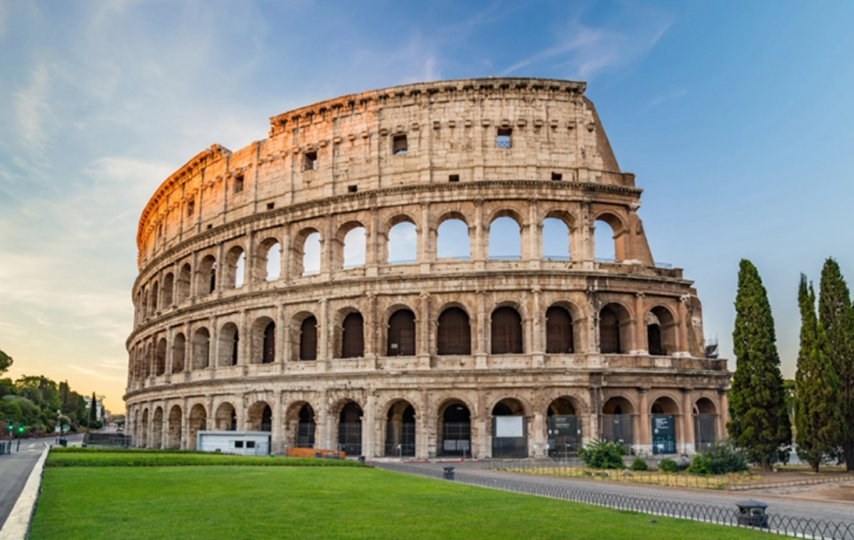The Colosseum, also known as the Flavian Amphitheatre, is one of the most iconic landmarks in Rome and an engineering marvel of the ancient world. It is the largest amphitheater ever built, and its construction is a testament to the ingenuity and skill of Roman engineers and architects. In this article, we’ll delve into some fascinating Colosseum facts and reveal the secrets of this magnificent structure.
History of the Colosseum
The Colosseum was commissioned by Emperor Vespasian in 70 AD and completed in 80 AD by his son Titus. It was built as a gift to the people of Rome and a symbol of the power and glory of the Roman Empire. The amphitheater was used for a variety of events, including gladiator contests, animal hunts, and mock sea battles. These events were popular entertainment for the Roman citizens and attracted large crowds to the Colosseum.
Design and Construction
The Colosseum measures 189 meters long, 156 meters wide, and 50 meters high. It could seat up to 80,000 spectators and was divided into four levels, each with a different class of seating. The lower levels were reserved for the wealthy and influential, while the upper levels were for the common people.
The Colosseum’s construction was a massive undertaking. The amphitheater was built of stone and concrete and required the labor of tens of thousands of slaves and workers. The outer walls of the Colosseum were decorated with statues, columns, and arches, giving it a grand and imposing appearance.
Unique Features of the Colosseum
One of the most unique features of the Colosseum is its retractable awning, known as the velarium. The velarium was made of canvas and was used to provide shade to the spectators on hot days. It was attached to poles on the top of the Colosseum and could be pulled back or forth using a system of ropes and pulleys.
Another fascinating feature of the Colosseum is its hypogeum, an elaborate underground network of tunnels and chambers. The hypogeum was used to transport gladiators, animals, and props to the arena and provided a dramatic entrance for the combatants.
Significance of the Colosseum Today
Today, the Colosseum is a major tourist attraction and a UNESCO World Heritage Site. It is considered one of the greatest works of Roman architecture and engineering and is a testament to the grandeur and power of ancient Rome. The Colosseum is also a symbol of the brutal and violent nature of the gladiator contests and other events that took place within its walls.
In recent years, the Colosseum has undergone extensive restoration and renovation to preserve its historic legacy. Visitors can explore the amphitheater and learn about its fascinating history through guided tours and multimedia exhibits.
Conclusion
The Colosseum is a testament to the ingenuity, skill, and power of the ancient Roman Empire. Its grandeur and scale continue to amaze and inspire visitors from around the world. From the unique features of the velarium and hypogeum to the brutal events that took place within its walls, the Colosseum is a fascinating and awe-inspiring structure that is sure to leave a lasting impression on all who visit it.
So, next time you plan a trip to Rome, don’t forget to visit the Colosseum and experience the magic of this iconic amphitheater.








